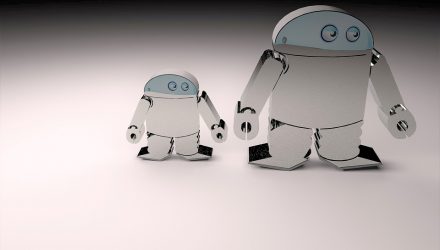By Prof. Wyatt Newman, Ph.D.
In 1956, Joseph Engelberger founded Unimation, Inc., the world’s first robotics company. It was a promising step toward a future enabled by robots. But over the decades that followed, advancements in robotics were consistently disappointing. Despite research efforts around the world, most robotics projects delivered only demonstrations and curiosities that died in the lab. The reasons were many.
First, new projects were nearly always started from scratch. New software was typically customized to work only with specific hardware, making it nearly impossible for engineers to re-use code and build on the prior work of their peers. Second, robot start-up companies faced a steep barrier to entry. Not only did they need to develop their own software, but they also had to fight for user acceptance of yet another robot programming language over and over again. This created a Tower of Babel curse. Languages and developments were being made all over the world, but because each language was incompatible with the others, no true progress could be made. Engineers and programmers kept reaching toward the future, but progress in robotics continued to flounder for decades.
Related: Superintelligence is a Tangible Goal for AI
The problem was clear, but despite the fact that experts in both industry and academia made significant efforts to bring standardization and compatibility to robot software, their attempts were thwarted by a lack of support, the prevalence of proprietary licenses, or both. Today, more than 60 years after that first robotics company began, the solution is at hand. Thanks to the industry-wide movement to create an open-source, reusable standard, Robot Operating System (ROS) is quickly becoming the de facto programming approach for modern robotics.
It all began at the Stanford Artificial Intelligence Lab in 2007 when researchers embarked once again on the mission to unify the many fragmented approaches to creating useable, and reusable, robot software. Using an approach that followed the modern trend of open-source software and distributed collaboration, the Stanford team delivered the first version of ROS in 2008. The system was adopted by Google and supported via Willow Garage from 2008 to 2013, and became the standard for Google’s Open Source Robotics Foundation (OSRF) in 2013.
